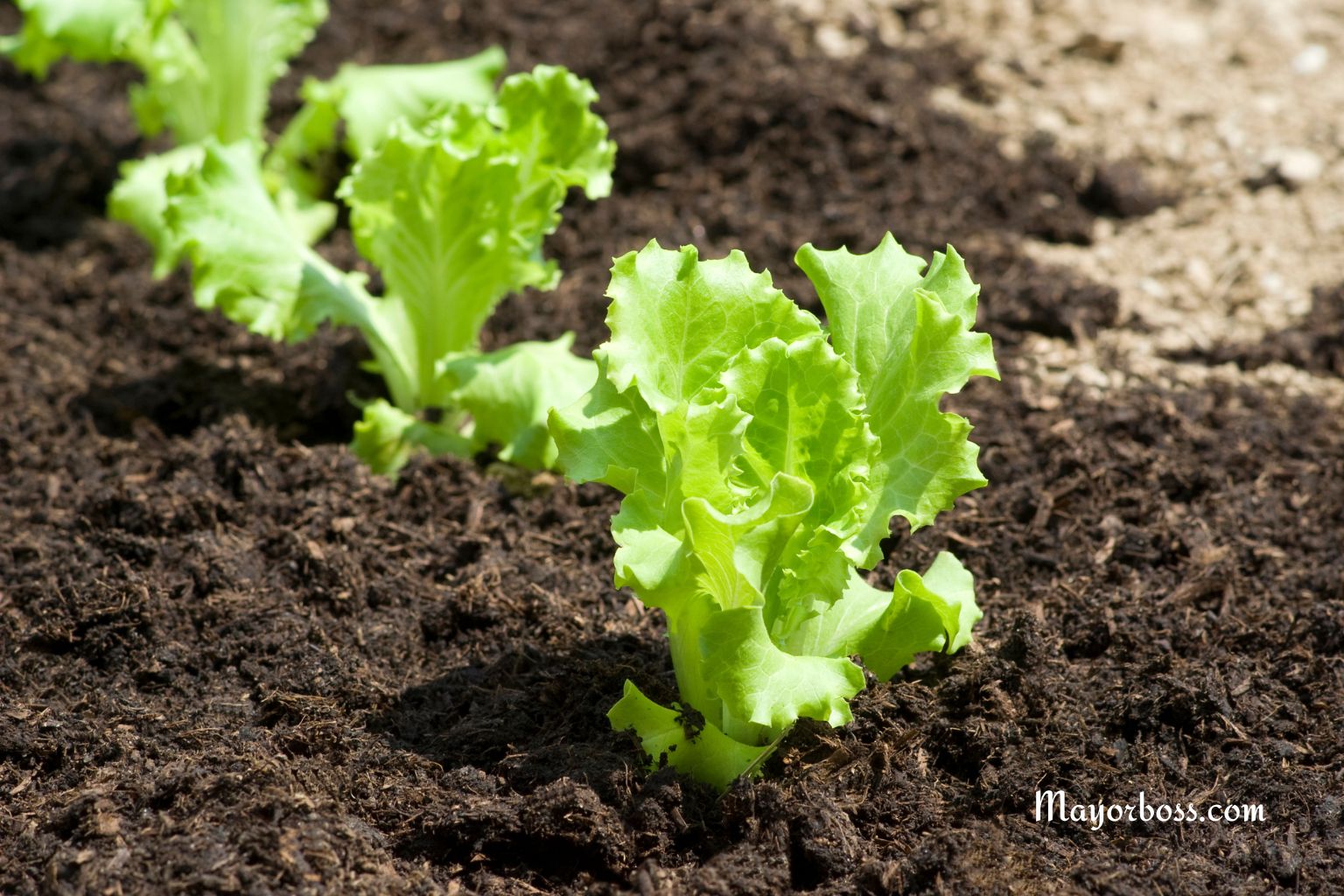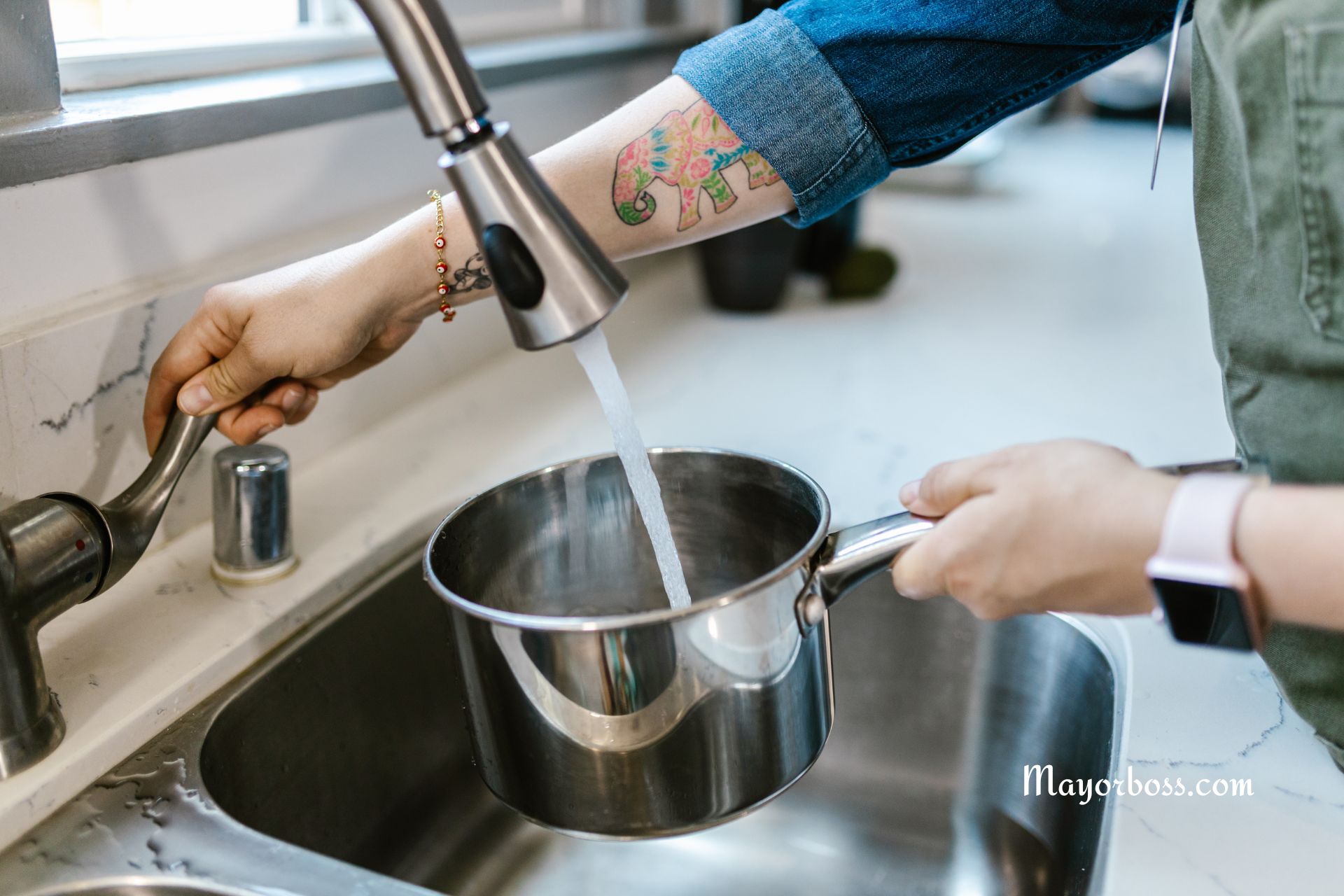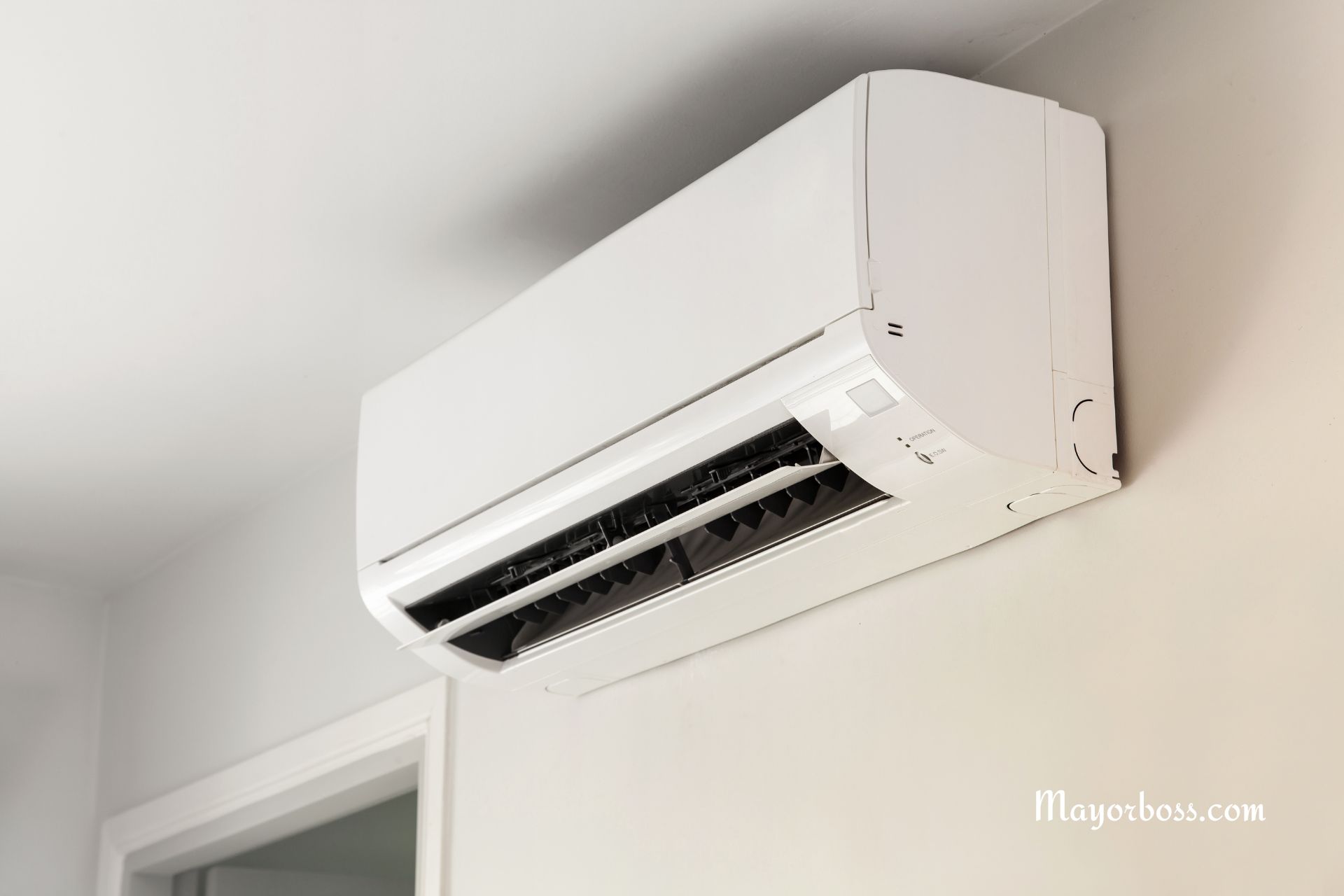How to Grow Crisp, Fresh Lettuce Right at Home
You can grow crisp, fresh lettuce at home by choosing the right variety, planting in loose, fertile soil, keeping it moist but not soaked, and harvesting at the right time for the best flavor and texture.
Growing your own lettuce is easier than you might think. It’s one of the quickest, most satisfying crops to grow—even for beginners. Whether you have a garden bed or just a few pots on your balcony, lettuce can thrive in small spaces. Let’s walk through the simple steps to growing crisp, fresh lettuce right at home.

Choose the Right Lettuce Variety
Start with choosing the type of lettuce that fits your taste and space. There are four main types:
- Leaf lettuce (like Red Sails or Black Seeded Simpson): Grows quickly, easy to pick as needed.
- Romaine: Tall, crunchy leaves, good for Caesar salads.
- Butterhead (like Bibb or Boston): Soft, tender leaves with a sweet flavor.
- Crisphead (like Iceberg): More difficult to grow at home, but doable with cool weather.
If you’re a beginner, go with leaf lettuce. It grows fast and doesn’t require a lot of care.
Pick the Right Spot
Lettuce needs at least 4 to 6 hours of sunlight a day. Choose a location with partial sun, especially if you live in a warm climate. Too much heat can make lettuce bitter or cause it to bolt (go to seed too early).
Containers, window boxes, raised beds, or garden rows all work well.
Use Loose, Fertile Soil
Lettuce loves loose, well-drained soil that’s rich in organic matter. Before planting:
- Mix in compost or aged manure to improve the soil.
- Make sure the soil is slightly moist and crumbly, not compacted.
- Aim for a soil pH between 6.0 and 7.0.
Sow Seeds or Transplants
You can grow lettuce from seeds or buy young plants from a nursery.
- For seeds: Sprinkle them lightly over the soil and cover with a thin layer of dirt (about ⅛ inch deep).
- For transplants: Dig small holes and place the seedlings in, gently patting the soil around them.
Space leaf lettuce about 4 inches apart. Romaine and head lettuces need 8 to 10 inches.
Water Regularly
Lettuce needs consistent moisture to stay tender and crisp. Keep the soil moist but not waterlogged.
- Water early in the morning to prevent leaf rot.
- Don’t let the soil dry out, especially in hot weather.
- Mulch around the plants to help hold in moisture.
Watch for Pests and Problems
Slugs, aphids, and snails love lettuce, too. To prevent damage:
- Hand-pick slugs or use copper tape around containers.
- Spray aphids with a mix of water and a drop of dish soap.
- Use netting to keep out birds and rabbits.
- Use barriers, such as crushed eggshells, to keep slugs away.
- If you notice holes in leaves, check for snails or caterpillars under the plants.
Also, check your plants daily for signs of wilting, leaf spots, or bolting.
Harvest at the Right Time
Lettuce grows fast. Most types are ready to harvest in about 30 to 60 days.
- For leaf lettuce, pick the outer leaves when they are big enough to eat, and let the center keep growing.
- For head and romaine lettuce, wait until the heads feel firm, then cut at the base. Don’t wait too long, or the taste will turn bitter.
- Harvest in the morning when the leaves are crisp.
Use clean scissors or a knife. Avoid pulling plants out of the ground if you want them to regrow.
Keep It Growing
Want a steady supply? Plant new seeds every 2 weeks. This method, called succession planting, keeps fresh lettuce coming throughout the season.
Tips for Indoor Lettuce Growing
No outdoor space? No problem. Lettuce can grow indoors, too:
- Use a sunny windowsill or grow light.
- Choose smaller varieties like baby leaf blends.
- Water carefully to avoid soggy roots.
Container tip: Use a pot that’s at least 6 inches deep with good drainage holes.
FAQs
1. How long does lettuce take to grow?
Leaf lettuce is usually ready in 30 to 45 days. Head types may take 60 to 80 days.
2. Can I grow lettuce year-round?
Yes, with the help of indoor setups or in mild climates. But it prefers cooler weather.
3. What causes lettuce to taste bitter?
Heat and age. Harvest before it bolts and grow in partial shade during summer.
4. Does lettuce need fertilizer?
A light feeding of compost or balanced organic fertilizer every couple of weeks helps growth.
5. Can I regrow lettuce from store-bought heads?
Yes, you can place the base in water. It will grow new leaves, though not a full head.






